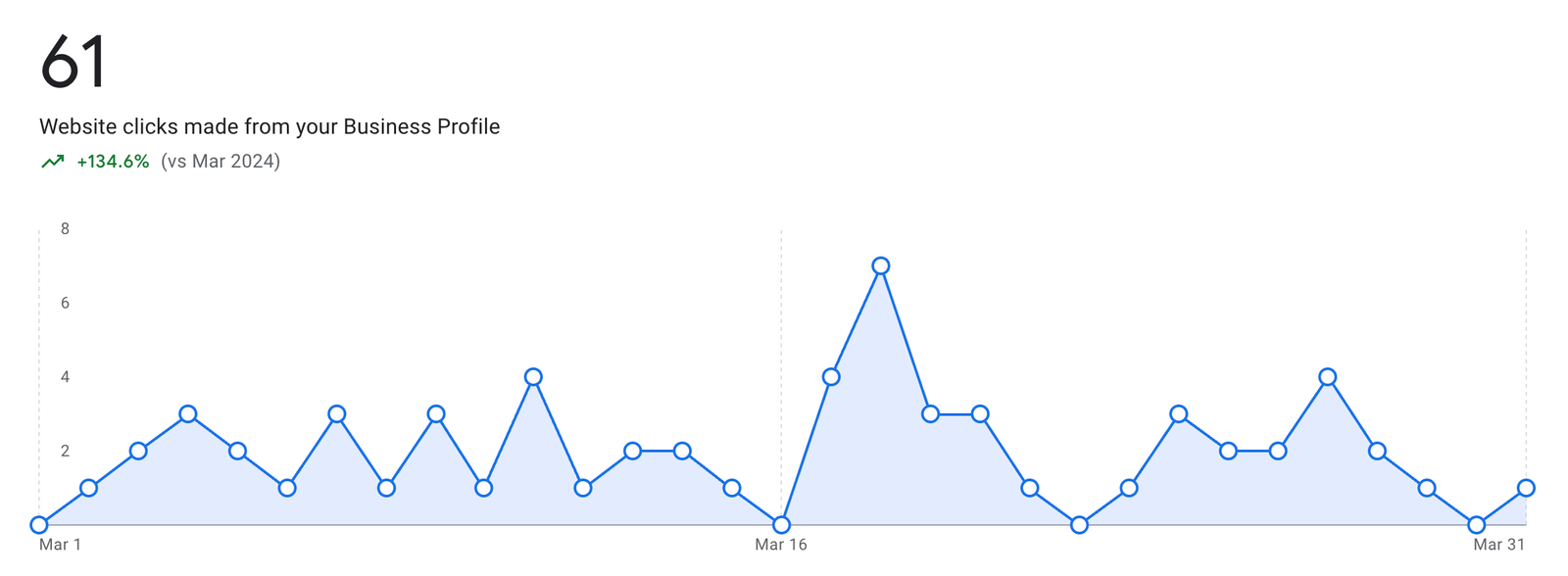SEO copywriting has evolved far beyond keyword stuffing and robotic prose. The best practitioners treat it as a blend of art and science - part creative storytelling, part disciplined technical strategy. When done well, it entices search engines to rank your content while persuading real people to take action. Over the years, I’ve tested dozens of approaches across industries: e-commerce, SaaS, local services, B2B consulting. Some formulas work almost universally; others require nuance or adaptation for specialized niches.
Let’s dig deep into the anatomy of SEO copy that doesn’t just attract visits but actually drives conversions.
The Foundation: Understanding Search Intent
Before writing a single line, successful SEO copywriters start with intent. Search intent is the “why” behind each query - what someone hopes to accomplish or discover. Get this wrong and even perfectly optimized pages will underperform.
Consider a user searching “best running shoes for flat feet.” Their goal isn’t general information about footwear or the history of sneakers; they want practical recommendations tailored to their needs. If your page meanders through unrelated topics or fails to address pain points (like arch support), you’ll lose them in seconds.
Strong SEO copy anticipates and fulfills search intent by:
- Mapping keywords to specific stages in the customer journey (awareness, consideration, decision). Researching competing SERP results for structure cues. Using analytics tools to study which queries drive conversions versus mere visits.
I recall working with a local orthodontics practice that struggled with low conversion rates despite good rankings for “braces cost.” A quick SERP analysis revealed competitors answered pricing questions directly and included financing options above the fold. We restructured their page accordingly and saw appointment requests increase by nearly 40% within three months.
Keyword Research: Beyond Volume
Many newcomers obsess over keyword volume without weighing relevance or competition. Experienced writers know that hundreds of low-converting visitors are less valuable than a handful ready to buy.
Modern keyword research incorporates several metrics:
- Relevance to your offering Commercial versus informational intent Difficulty/competition levels Long-tail potential for highly specific searches
Using tools like SEMrush or Ahrefs can surface gaps your competitors miss. For example, targeting “emergency plumber near me 24/7” may yield fewer searches than “plumber,” but those who type it are desperate for fast service - an ideal conversion opportunity.
Structuring Copy That Satisfies Both Algorithms and Humans
Search algorithms have matured dramatically since the days when sprinkling keywords was enough. Now, Google’s systems parse context, synonyms, and semantic relationships through advances like BERT and RankBrain. Meanwhile, readers expect clarity and value in seconds.
The best-performing SEO copy shares several traits:
Compelling Headlines with Natural Language
A headline does double duty: signaling topic relevance to search engines via primary keywords while piquing human curiosity. Compare these two options:
Weak: “Car Insurance Policy Information” Stronger: “How Much Does Car Insurance Really Cost? What You Need To Know”
The second uses question framing (mirroring how people actually search), includes target phrases organically, and hints at insider knowledge likely to drive clicks from organic search results.
Engaging Openings That Anchor Attention
The first paragraph must build trust quickly by confirming that readers are in the right place. This often means echoing their problem (“Tired of high insurance premiums?”) or promising a solution upfront (“We break down exact costs so you can compare policies confidently.”). A short anecdote or stat can work wonders here - just last quarter I watched bounce rates drop by 15% on a client blog after tightening up intros using this approach.
Scannable Structure With Smart Use of Headings
On-page SEO isn’t just about meta tags or image alt text; it’s also about readability signals like H2s and H3s that help users skim efficiently. Clear section titles improve engagement metrics (time on page, scroll depth) that search engines reward indirectly.
For instance, if you’re writing about local SEO strategies for dentists, subheads might include “Getting Google Reviews,” “Optimizing Your GMB Listing,” and “Building Local Backlinks.” Each acts as both a roadmap for readers and an optimization signal for crawlers parsing topical relevance.
Balancing Detail With Brevity
Comprehensive guides tend to outperform thin content in competitive spaces. However, verbosity alone doesn’t win customers - every sentence should earn its place by moving readers closer to action or clarifying key concepts.
A good rule is to answer not just what but why/how at each step. If you mention schema markup improves visibility in SERPs, show a concrete example (like star ratings in product listings) boston web development company rather than leaving claims abstract.
On-Page Elements That Move the Needle
Several technical aspects directly influence both ranking potential and conversion rate optimization (CRO).
Meta tags remain foundational even as algorithms grow more sophisticated. Craft unique title tags (60 characters max recommended) containing primary keywords toward the start; write meta descriptions that tease benefits rather than simply repeating headlines. These snippets often determine whether someone clicks through from organic results at all.
Internal linking strategies deserve attention too: linking related articles boosts session duration while helping distribute authority throughout your site architecture. Anchor text should feel natural within sentences rather than forced repetitions of target phrases.
Images need descriptive alt text not only for accessibility but also as secondary ranking signals - especially relevant for product-based businesses where visual discovery is common via Google Images or Pinterest referrals.
Mobile optimization has gone from nice-to-have to absolutely essential since Google switched to mobile-first indexing years ago. Responsive design ensures content loads cleanly on any device; compressed images keep page speed snappy (a direct ranking factor). I once saw organic traffic jump 25% month-over-month after cleaning up legacy desktop-only layouts on an HVAC contractor’s site during peak season.
Persuasion Techniques Rooted in Copywriting Psychology
SEO brings visitors; copy turns them into customers. Certain time-tested persuasion formulas adapt beautifully to search-driven contexts:
The classic PAS framework stands out: Present a Problem (“Pay-per-click costs spiraling?”), Agitate consequences (“Every wasted click drains your budget”), then offer Solution (“Discover five proven ways our clients cut ad spend by 40%”).

Another reliable approach involves social proof - testimonials from real clients carry far more weight than generic promises of quality service or low prices alone. Including brief reviews above CTAs regularly lifts conversion rates by double digits on landing pages I’ve managed for lead-generation firms.
Scarcity/urgency also works when used honestly: limited-time offers tied to seasonal demand can nudge fence-sitters toward action without feeling manipulative if phrased transparently (“Spring tune-up slots filling fast”).
Here’s a simple step-by-step checklist I use before publishing high-stakes landing pages:
Does every section reinforce core benefits rather than features? Are objections addressed head-on through FAQs or guarantee language? Is there visible evidence of credibility (certifications, third-party endorsements)? Are CTAs clear, specific, and placed strategically throughout?When all four boxes get checked in tandem with solid SEO groundwork, results typically follow swiftly - sometimes doubling inquiry rates within weeks after launch tweaks.
Technical SEO: Invisible Levers With Outsized Impact
Technical details often separate amateur efforts from professional-grade sites capable of scaling sustainably over time. While deep dives into server configuration go beyond most writers’ scope, understanding basic principles pays dividends daily:

Page speed optimization hinges on image compression tools like TinyPNG/Pngquant plus judicious script management via asynchronous loading techniques. Schema markup adds structured data cues for rich snippets (think FAQs displayed directly within SERP cards). Clean URL structures aid both crawling efficiency and user memory. Regular SEO audits catch crawl errors early before they snowball into lost rankings due to broken links or unresolved redirects. Monitoring website analytics helps identify which sections underperform so you can iterate intelligently rather than shooting blindly in the dark. Most importantly: technical tweaks only matter when paired with genuinely helpful content worth surfacing in the first place - no amount of clever code saves thin material lacking substance.
Off-Page Signals: Building Authority Authentically
Backlink building remains one of the most misunderstood yet powerful levers available outside direct copy changes on your own pages.
Natural link profiles develop when others cite your content because it’s reference-worthy - think original research reports or comprehensive how-to guides cited by industry blogs. Guest posting works best when targeting publications whose audiences overlap meaningfully with yours instead of chasing generic high-domain-authority sites where traffic may be irrelevant. Local businesses should pursue directory citations carefully vetted for legitimacy; spammy directories risk more harm than help over time. Social media mentions rarely contribute direct ranking juice anymore but do amplify reach indirectly if posts pick up traction among influential users. In my experience running campaigns for fintech startups looking to break into competitive markets, investing early in evergreen resources (for example: interactive mortgage calculators) attracted editorial links organically over months without ever resorting to paid placements or gray-hat tactics that risked penalties under evolving Google algorithms.
Measuring What Matters: From Traffic To Revenue
It’s tempting to chase vanity metrics like sheer visit counts instead of bottom-line impact metrics such as qualified leads generated per landing page view. Google Analytics remains indispensable here but requires well-calibrated goals/conversions set up beforehand so every channel’s performance is traceable back through the funnel. SEO metrics worth tracking include:
- Organic traffic growth segmented by intent tier Average position/rank movement per priority keyword group Click-through rates from SERPs versus impressions served Conversion rate differences between organic vs paid visits Regular reporting makes weak spots obvious faster so adjustments can be timely rather than reactive after months of missed opportunity.
Adapting Formulas To Context And Change
No Boston SEO formula survives unchanged forever; what worked brilliantly last year may stumble after an algorithm update shifts weighting factors overnight. Domain authority still matters but increasingly shares space with signals around trustworthiness/E-E-A-T (experience-expertise-authoritativeness-trust). Voice search queries trend longer/more conversational compared to typed equivalents; optimizing FAQ sections accordingly has paid off handsomely for several voice-heavy verticals such as home services. Local SEO demands consistent NAP (name-address-phone) data everywhere online plus active review solicitation cycles post-service delivery.
Final Thoughts And Practical Takeaways
Effective SEO copywriting sits at the crossroads of technical mastery and empathetic communication skills honed through iteration and honest measurement. Every project brings unique challenges: balancing depth against brevity on complex topics; preserving brand voice while weaving in target phrases naturally; reconciling stakeholder requests with what actually moves numbers upward week after week. Start every piece grounded in real searcher needs uncovered through rigorous keyword research and intent mapping. Build structure around scannability using logical headings/subheadings tailored both for human eyes skimming quickly on mobile devices and bots parsing semantic context line-by-line. Sweat details like schema markup implementation or strategic internal links because small edges compound into durable advantages over quarters/years spent building digital reputations brick-by-brick.
SEO best practices will continue evolving alongside Google algorithms but certain fundamentals endure: Put user experience first, Write honestly, Test relentlessly, And always measure success against actions taken - not just traffic won.
With thoughtful application of these principles tailored via real-world experimentation rather than formulaic templates alone, you’ll find your words driving not just rankings, but revenue growth as well.
SEO Company Boston 24 School Street, Boston, MA 02108 +1 (413) 271-5058